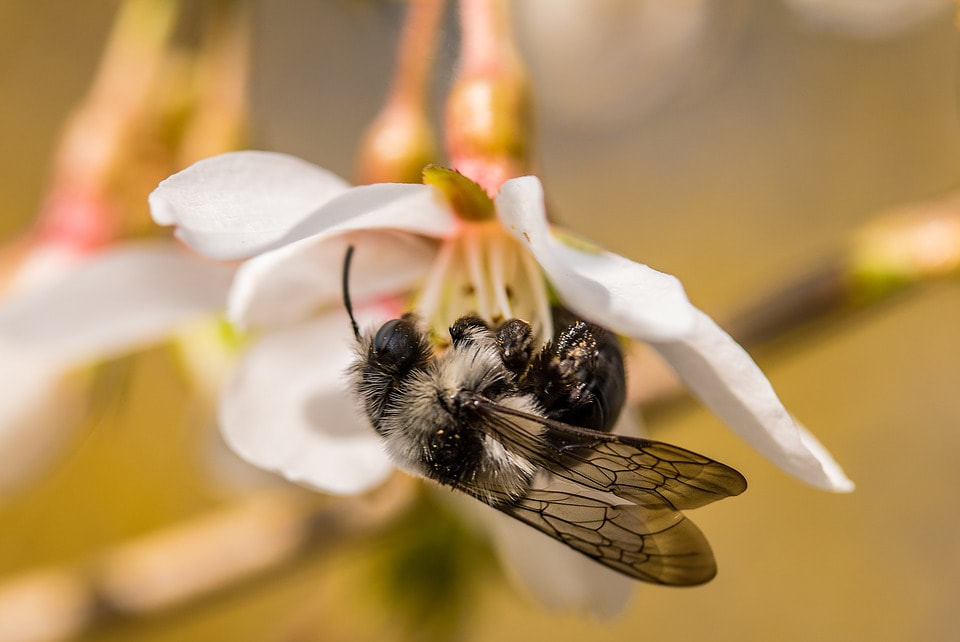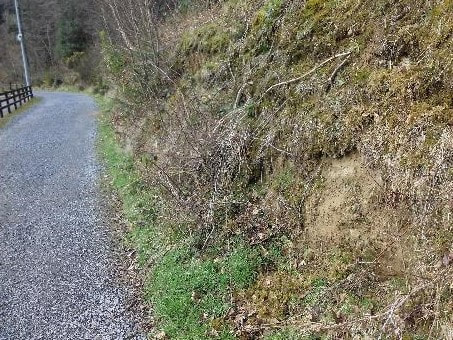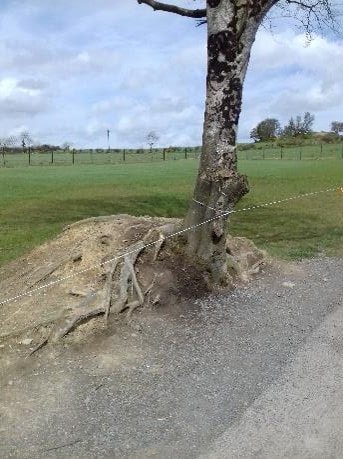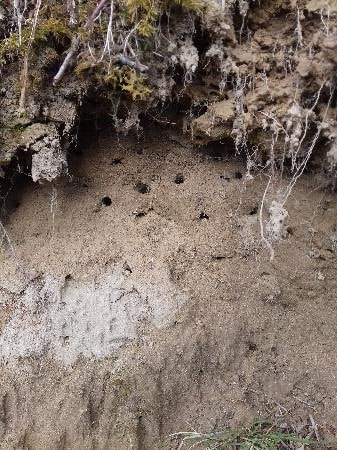Build a Solitary Bee Bank
While some types of Solitary Bee will be catered for by building a Solitary Bee Home, most species will only nest in the ground.
All you need to do to attract these digging or 'mining' bees is provide a quiet, sunny, well-drained patch of earth, free from vegetation. You probably already have rough and dry areas like this around the base of trees or buildings, hedges or car parks. The area would be even better if it was a south-facing slope for extra sun. If you want to bulk it out try adding a sand/ soil mix. You don't have to give it much space, why not try at least 1 square foot.
As a finishing touch, a sign explaining the habitat would be a great idea. Also, perhaps some sort of light barrier to prevent it being trampled upon during break time. Then just sit back, cross your fingers and hopefully you might see some little holes popping up!
All you need to do to attract these digging or 'mining' bees is provide a quiet, sunny, well-drained patch of earth, free from vegetation. You probably already have rough and dry areas like this around the base of trees or buildings, hedges or car parks. The area would be even better if it was a south-facing slope for extra sun. If you want to bulk it out try adding a sand/ soil mix. You don't have to give it much space, why not try at least 1 square foot.
As a finishing touch, a sign explaining the habitat would be a great idea. Also, perhaps some sort of light barrier to prevent it being trampled upon during break time. Then just sit back, cross your fingers and hopefully you might see some little holes popping up!






